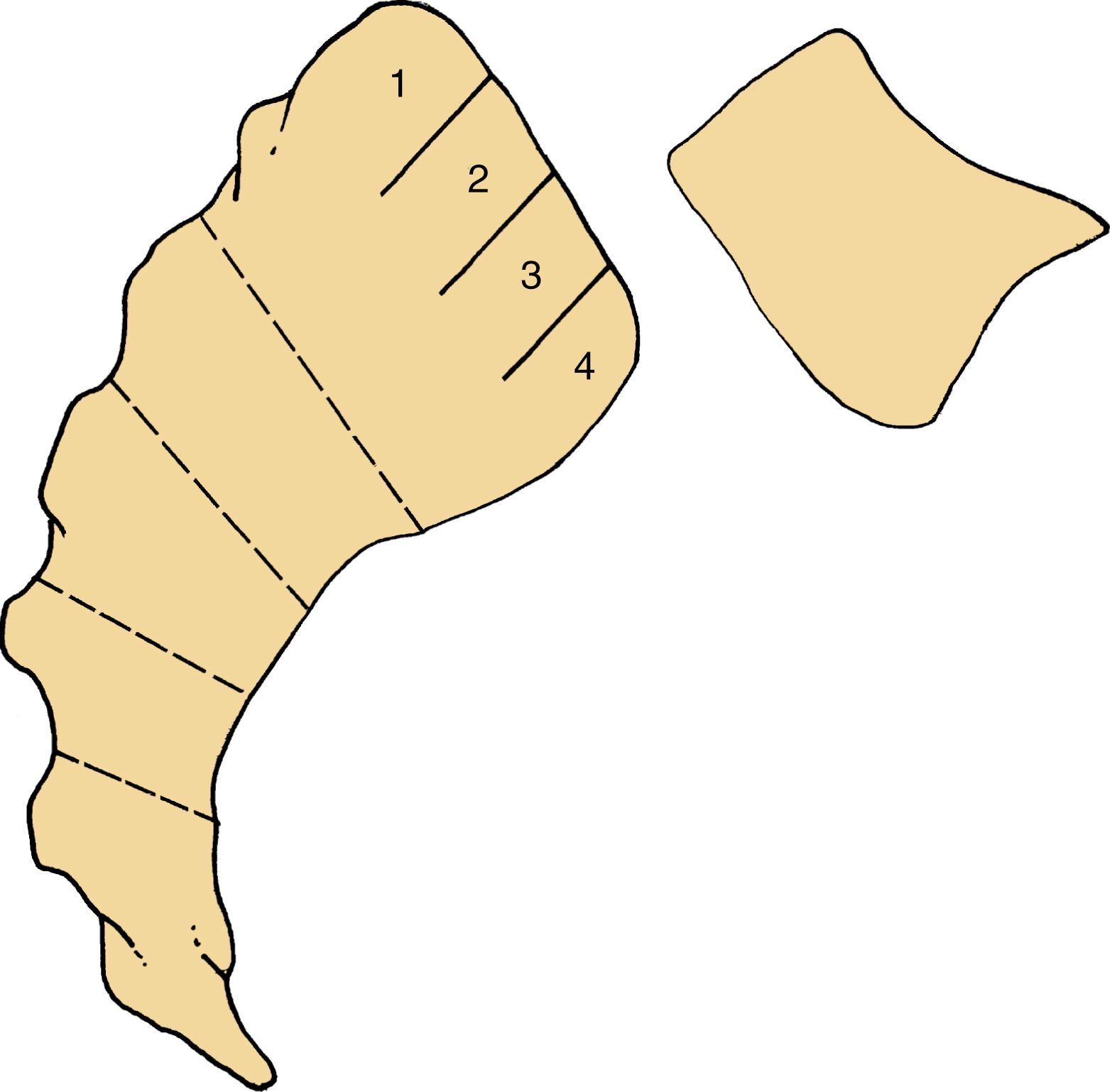Physical Address
304 North Cardinal St.
Dorchester Center, MA 02124
Randomized controlled trial evidence supports the use of surgical treatment of degenerative lumbar spondylolisthesis.
There are a variety of surgical approaches for treating these patients.
Lumbar fusion is associated with more complications and greater cost when compared with decompression alone as the surgical strategy.
Although lumbar fusion is often performed, recent evidence suggests that fusion may not be necessary in all cases.
Interbody fusion can improve sagittal alignment.
Degenerative lumbar spondylolisthesis represents one of the most common indications for spinal surgery in the United States. For patients who have failed at least 3 months of conservative treatment, surgical management for this condition has been established as superior to nonoperative treatment by the Spine Patient Outcomes Research Trial. In the SPORT, 94% of surgical patients were treated with decompressive laminectomy along with lumbar fusion. In 2016, two randomized controlled trials (RCTs) comparing decompression alone vs. decompression with fusion were published in the New England Journal of Medicine . , These trials reached different conclusions. In this chapter, we will review the relevant data on decompression of the lumbar spinal canal with and without fusion and consider costs, complications, and ways to optimize patient selection for individual surgical options.
Lumbar spondylolisthesis is commonly classified using the Wiltse–Neumann Classification scheme as dysplastic, isthmic, degenerative, traumatic, or pathological. In addition, spondylolisthesis is graded according to the amount of slip present. The Meyerding system ( Fig. 139.1 ) is widely used for this purpose. The degree of slip is measured as the amount of slip of the rostral vertebral body over the caudal vertebral body: grade I: less than or equal to 25%; grade II: 26% to 50%; grade III: 51% to 75%; grade IV: greater than 75%.

Patients with degenerative lumbar spondylolisthesis are generally older, with associated lumbar canal stenosis at the level of listhesis. Ventral slippage narrows the spinal canal and facet, and ligamentous hypertrophy often result in lateral recess and foraminal narrowing. These patients typically present with neurogenic claudication. Symptoms of claudication are leg and buttock cramping and a sense of muscle fatigue. Some patients also present with axial low back pain. Back pain is generally mechanical and positional. Mechanical low back pain is defined as axial back pain that is worsened by axial load and relieved by unloading the spine (supine position). In addition, some patients also have lumbar radiculopathy that progresses with walking.
Physical examination is often normal. Sensory dysesthesias and motor weakness specific to an affected nerve root are possible.
Become a Clinical Tree membership for Full access and enjoy Unlimited articles
If you are a member. Log in here